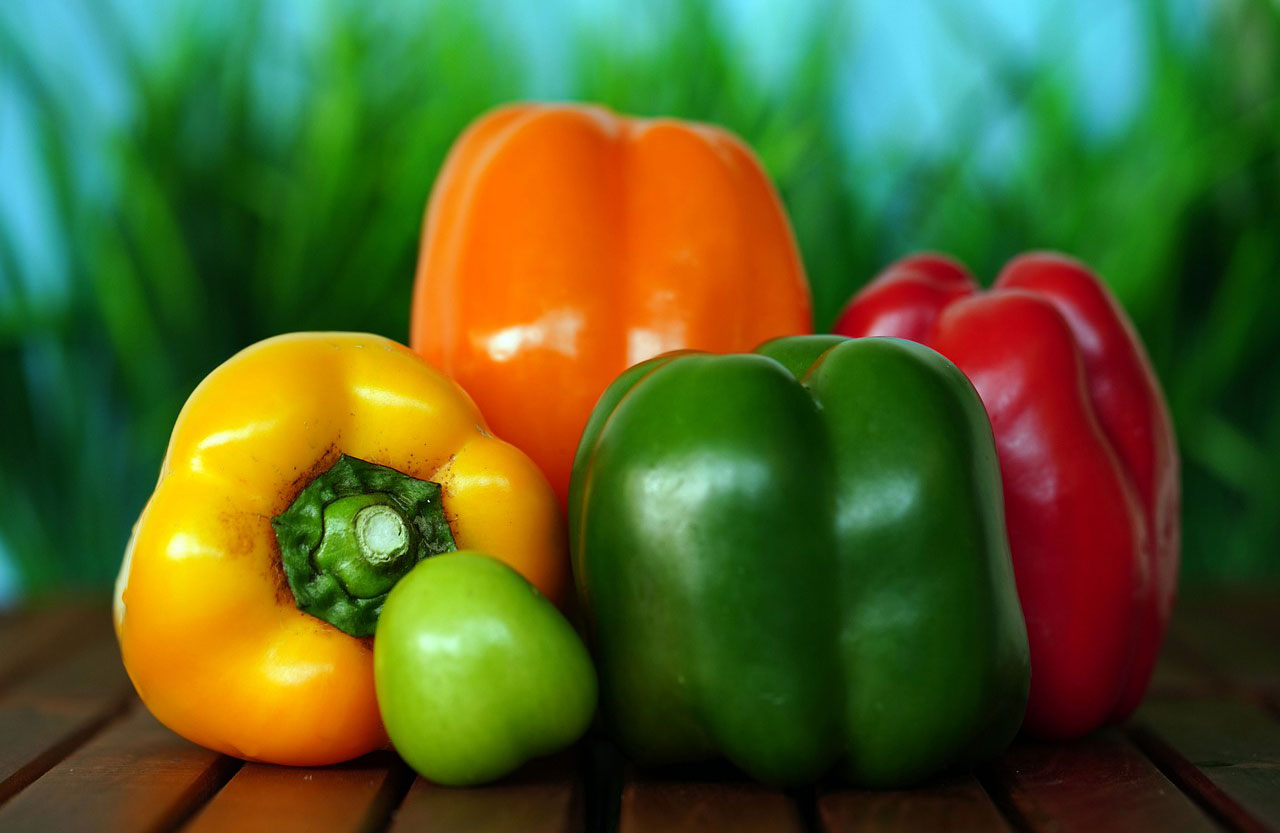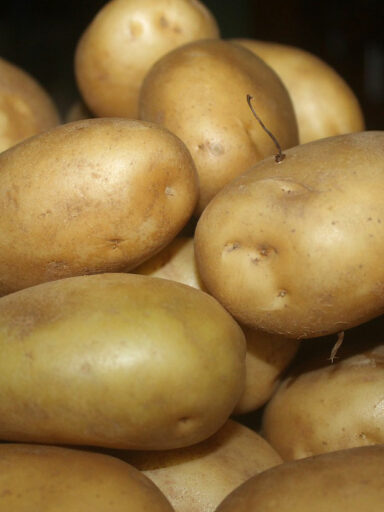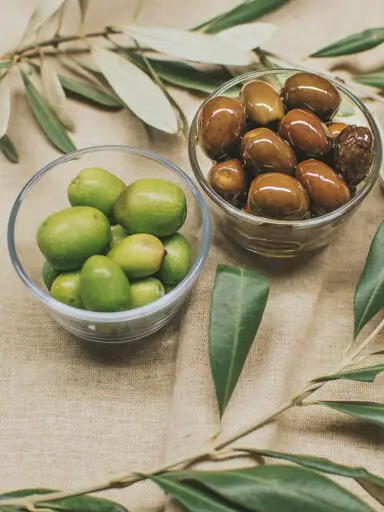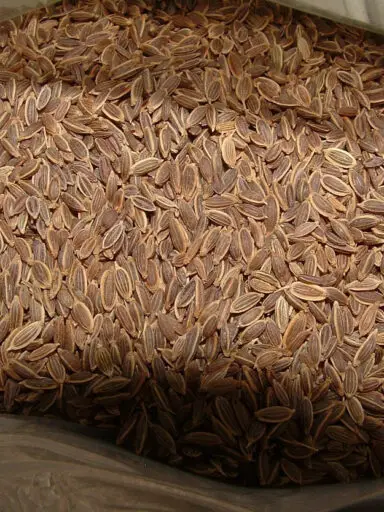The bell pepper is a fruit that is also known as sweet pepper or just pepper. Another well-known name is capsicum. It is not to be confused with the other black or white peppercorns which are also referred to as pepper.
The fruits of the capsicum come in several colors ranging from green to red to purple. They are also available in white, orange, yellow, and brown. Regardless of color, the bell pepper can be identified from its bell-shaped fruit.
The color gives a hint of how sweet the fruit is. Green is the least sweet fruit with yellow being sweeter followed by orange and red varieties. All these varieties do start off green and change color into maturity. The green variety remains green into maturity.
This fruit is native to Mexico. Other regions are Central America, South America, and North America. From the Americas it was exported to Spain thereafter it spread to other regions of the world. Like the eggplant, it belongs to the nightshade family of plants.
Bell peppers grow well in warm moist soil in temperate and tropical regions. The largest producer of bell peppers is China, Mexico, Indonesia, Turkey, and Spain.
Bell pepper differs from other peppers such as cayenne or chili in that it does not produce capsaicin, the chemical that produces the burning sensation when consumed. For that reason, it is consumed as an everyday vegetable rather than a condiment. While sweet bell pepper scores 0 on the Scoville heat units (SHU), which is the measure of hotness, jalapeno pepper measures around 2,500 to 4,000, and Mexican habanero measures 200,000 to 500,000 units.
The fruit itself features three to five lobes and is hollow with ribs on the inside bearing seeds. The entire fruit is edible and is available in the markets all year round. The fresh fruit should appear glossy and firm when handled. It should be of average weight for its size and have a nice sounding thud when tapped with the fingers.
One should avoid soft fruit, wrinkled or withered pods. They should not have any bruising, rough discolored skin, mold, bruises, or slime on them. Also, those with punctures or cuts should be avoided.
Bell pepper stays fresh for about three to four days and should, therefore, be stored in a refrigerator in an airtight plastic bag. Generally like all fruit and vegetables, one should purchase capsicum as close as possible when intended for use.
How to Prepare Bell pepper in the Kitchen
The fruit pods should be washed thoroughly under running water to remove any dirt and soil particles as well as pesticide and fungicide residue. The stem can then be cut off and the ribs and seed removed and discarded. Even though they are edible they are not normally included in recipe preparations.
Once you are left with the hollow cup-shaped pod you can cut it up with a sharp knife according to the recipe requirements.
Bell pepper can be eaten raw as a snack or in vegetable and green salad preparations or cooked in various ways. They can be baked, grilled, or roasted. They also do well boiled in soup, stew, and sauce preparations. One can prepare them if you stir-fry, fry, sauté or sear the chopped fruit.
These peppers do particularly well-paired with other vegetables such as carrots, eggplant, beans, potatoes, and tomatoes. The bell peppers are also commonly stuffed and eaten as appetizer dishes. Common stuffings include cheese, fruits, meat, nuts, and rice.
They are also a popular topping on pizza and go well served with rice and all types of pasta. You will find sweet pepper used as an ingredient in pie and quiche dishes as well.
Nutritional Benefits of Capsicum
Bell pepper is a good source of dietary fiber and contains trace amounts of fat and no cholesterol. It contains 31 calories per 100 grams of fruit. It is rich in antioxidants, vitamins, and minerals.
The pepper contains good amounts of B complex vitamins including folates, niacin, pyridoxine, riboflavin, and thiamin. It is also an excellent source of vitamin A and vitamin C as well as a good source of vitamin E and vitamin K.
As for minerals it is a good source of potassium and has trace amounts of sodium. It is also a good source of iron, manganese, and phosphorus as well as magnesium and copper.



